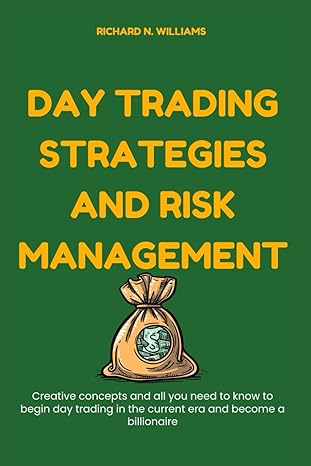Question
In order to save for his retirement, Jim makes the first of 15 equal annual deposits into an investment on June 14, 2023. He believes
In order to save for his retirement, Jim makes the first of 15 equal annual deposits into an investment on June 14, 2023. He believes the investment will earn 9% per year. The last deposit will be made on June 14, 2037. The deposits must be of sufficient size to enable Jim to make 20 equal annual withdrawals of $100,000 starting on June 14, 2043. (Part A: Find the size of the deposits necessary to make the above plan work.)
Assume that Jim makes the 15 deposits as planned and makes the first two $100,000 withdrawals on June 14, 2043 and 2044. Later that day of June 14, 2044, Jim makes a horrifying discovery: the investment has been yielding only 5% since 2023, the time of the first deposit. Fully expecting to still live another 18 years, Jim knows he must drastically cut back on his lavish life style. (Part B: Hint: You must now calculate the actual amount of money in the account, based on having earned only 5% over the life of the plan.)
Whats the maximum constant amount he can withdraw for each of the remaining 18 years, starting June 14, 2045, if the interest rate remains at its true rate of only 5%? (Hint: You must calculate the value of the remaining 18 withdrawals, or payments, using the answer from Part B and the 5% interest rate.
Step by Step Solution
There are 3 Steps involved in it
Step: 1

Get Instant Access to Expert-Tailored Solutions
See step-by-step solutions with expert insights and AI powered tools for academic success
Step: 2

Step: 3

Ace Your Homework with AI
Get the answers you need in no time with our AI-driven, step-by-step assistance
Get Started


